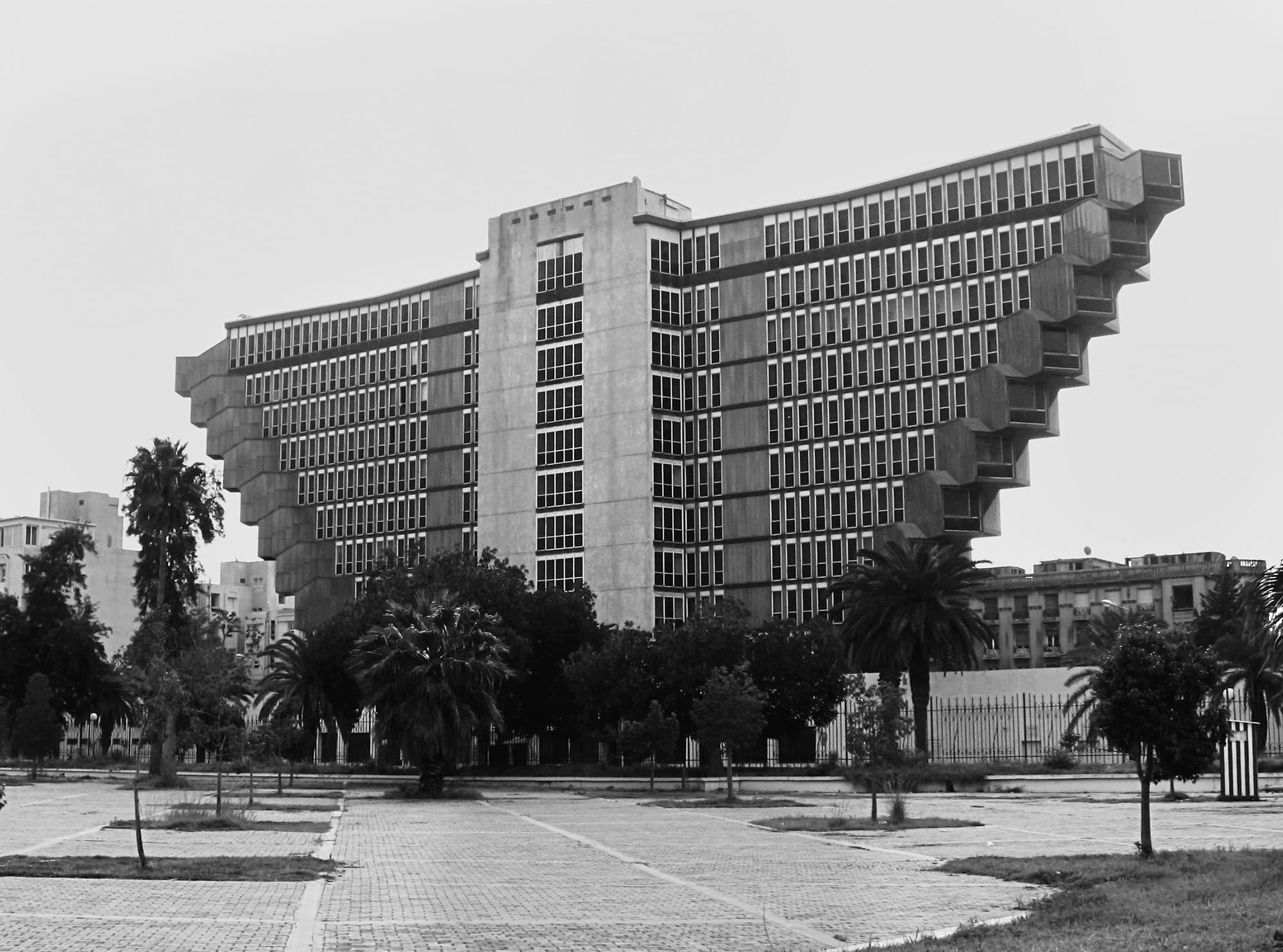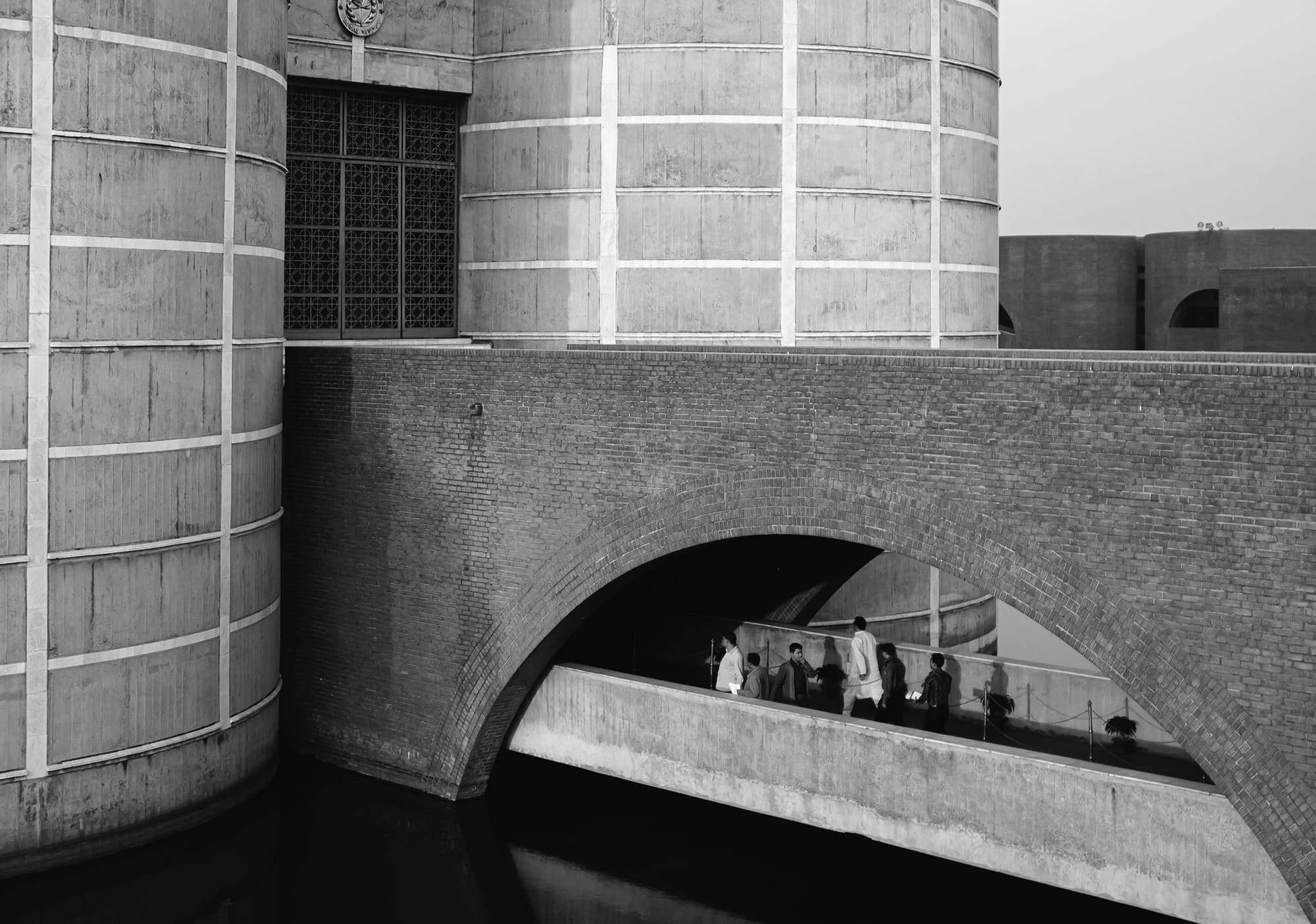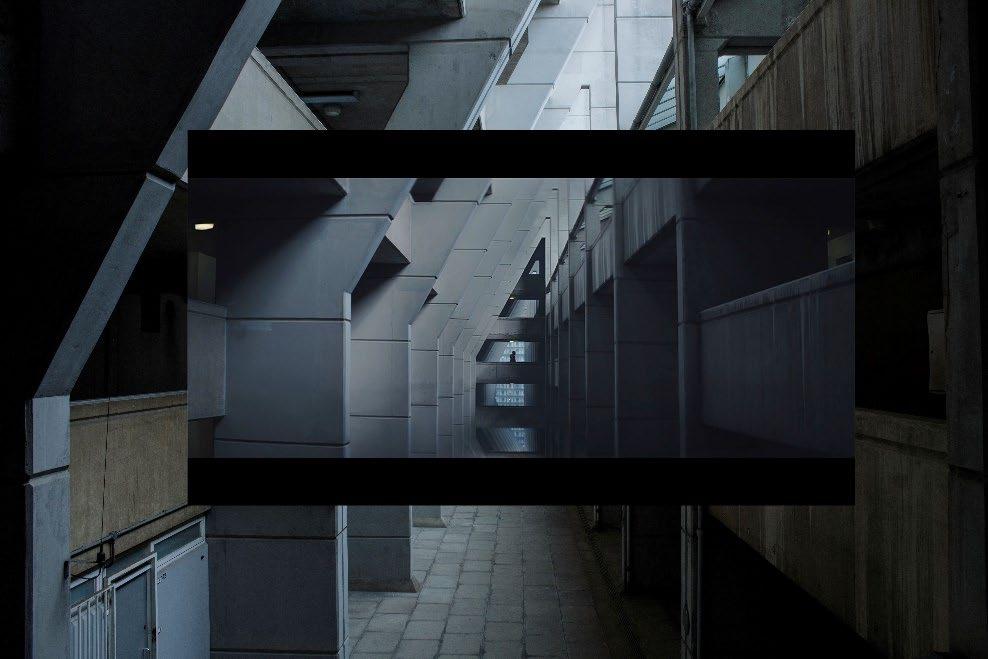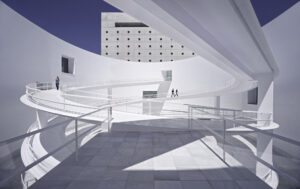Introduction: History and the Weight of Concrete
In the Global South, the concrete giants of brutalism—once emblems of utopian optimism—are at a critical juncture. These structures, which range from the imposing university complexes in West Africa to the government ministries in South Asia and Latin America, represent the audacious and frequently difficult emergence of post-colonial nationhood.
Many of these structures are now abandoned, suffering from upkeep issues and cultural contempt. The simplest option is sometimes suggested to be demolition.
However, the architectural discourse is going through a significant, necessary change in 2025 as the world struggles with socioeconomic inequality and a worsening climatic disaster. The simple solution is no longer affordable. In the Global South, brutalism’s actual worth is being reexamined in light of its embodied carbon, its initial social purpose, and its capacity to serve as the foundation for a new, circular economy.
The topic of discussion presently is Beyond Demolition: The Second Life of Brutalism in the Global South.
The Carbon Imperative: The Reason Concrete Cannot Be Destroyed
The most effective act of sustainability in the age of net-zero targets is building preservation. This fact is greatly amplified for Brutalist buildings, which are made of large blocks of extensively reinforced béton brut.
Embodied Carbon: The Cost of Demolition That Cannot Be Recovered
The building’s embodied carbon is the energy needed to produce and transport concrete, steel, and cement. When a big concrete building is demolished, decades’ worth of stored carbon emissions are immediately released back into the atmosphere, necessitating the replacement with new, high-carbon materials.
According to experts, it may take up to 65 years for a new, energy-efficient building to offset the carbon emissions from the demolition of an old one. The statistics are unmistakable: retention is revolution in the face of an urgent climate calamity.
The most popular topic on architectural blogs in 2025 will be “how to leverage the thermal mass” rather than “how to clad the concrete.” This entails creative retrofitting techniques that significantly enhance the structure’s performance while maintaining its monolithic form:
- If at all feasible, insulate from the inside.
- updating windows to use less energy.
- installing air source heat pump or photovoltaic systems straight onto the sturdy, level roof plates.
The message is straightforward: despite being condemned for being “heavy,” the Brutalist building’s heft is today its greatest advantage for a low-carbon future.

Hôtel du Lac, Tunis, Tunisia
Breaking Down the Story of “Brutalist Failure”
Why were so many of these structures, which were frequently created with sincere utopian goals, permitted to deteriorate? In 2025, the conversation shifts from aesthetic evaluation to an important socio-political analysis.
Architecture of Austerity against Architecture of Independence
Brutalism was not a colonial dictum but rather the preferred style for many newly independent countries in the 1960s and 1970s. It was a strong visual language that expressed modernity, permanence, and a national will to create a new, equal state. The style was adopted by individuals such as Louis Kahn in Bangladesh and many indigenous architects throughout Africa in order to express a progressive, non-aligned identity.
However, the reputation for “Brutalist failure” frequently refers more to the geopolitical fallout than the actual concept. The following are common correlations between the deterioration of public Brutalist complexes, particularly social housing and institutional centers:
- Post-Colonial Funding Cuts: Insufficient funds for upkeep.
- Structural Adjustment: Late 20th-century economic policies that deprived public sector projects of essential funding in favor of privatization.
- Ideological Stigma: The deliberate rejection of any architecture connected to early socialist or non-aligned political endeavors is known as ideological stigma.
Declaring that the current neglect of this edifice is a political, not an architectural, failure is necessary to decolonize it. The structures must be examined by architectural blogs as symbols of a free, optimistic past deserving of respect and preservation.

Dhaka International Airport
Focus of the Case Study: Regaining the Social Mission
Social modernism—the notion that daring architecture could benefit the masses—was at the heart of the first Brutalist movement. Adaptive reuse provides a mechanism to regain this lost function.
The most impactful initiatives in the Global South will be those that restore public utility rather than private luxury conversions, which are a prevalent trend in the Global North:
Original Purpose
Unused Industrial Silo/Warehouse, Neglected Social Housing Block, and Abandoned Ministry/Office
Emphasis on Adaptive Reuse
Cultural Center, Museum, Art Residency, Tech Hub, Public Library, and Community-Managed Co-op Housing
Impact on Society
democratizes resource access.
restores dignity and local ownership.
builds identity and cultural infrastructure.
One of the best examples is the Zeitz MOCAA near Cape Town, South Africa, which made use of a huge complex of grain silos. Even though it was a significant cultural investment, it showed how architects could turn an old industrial building—a holdover from a prior economic system—into a lively public area devoted to contemporary African art. Through this change, a new cultural future regains control over a tangible artifact from the past.
View of Zeitz MOCAA in Silo Square. Photo Courtesy: Iwan Baan
A Passive Design Lesson from Tropicalized Brutalism
Important lessons for sustainable, context-specific design can also be learned from the structures of the Global South. There was an evident problem with the imported, European paradigm of Modernism for architects working in hot, humid climes. Climate-driven, pragmatic Tropicalized Brutalism was the answer.
Climate Follows Form
The fundamental ideas of béton brut were expertly modified by regional engineers and architects:
- Solar shading: The thick perimeter walls and deep-set brise soleils were extended into the massive concrete frames, creating a highly effective self-shading system that doesn’t require any mechanical assistance.
- Air Flow: To optimize cross-ventilation and reduce the need for energy-intensive air conditioning, buildings frequently included big, porous screens and semi-open common areas.
- Thermal Regulation: Compared to lighter structures, the sheer thermal mass creates a far more stable interior atmosphere by acting as a natural heat sink, absorbing heat during the day and slowly releasing it at night.
Originally criticized as “heavy” and “dark,” these structures are now acknowledged as early, extensive instances of Passive Design, which uses the mass and envelope of the building to control the climate.
In Conclusion, the 2025 Architects’ Mandate
There is a clear mandate for the architectural community. In addition to being tangible objects, brutalist structures in the Global South serve as symbols of post-colonial identity, stores of embodied carbon, and tools for recovering social justice.
Pursuing adaptive reuse affirms that architecture is a political weapon for good, honors architectural legacy, and contributes to a circular economy. The task is enormous and calls for creative finance strategies, cooperation with neighborhood organizations, and—most importantly—a dedication on the part of architects to look past the stigma.
This concludes the discussion of demolition. The second life of brutalist architecture is about equality, ecology, and ethics more than beauty. To rescue the future, we have to save these titans.
For more blogs like this CLICK HERE!!
Reference:
(PDF) Between Brutalists. The Banham Hypothesis and the Smithson Way of Life
Brutalist architecture – Wikipedia





